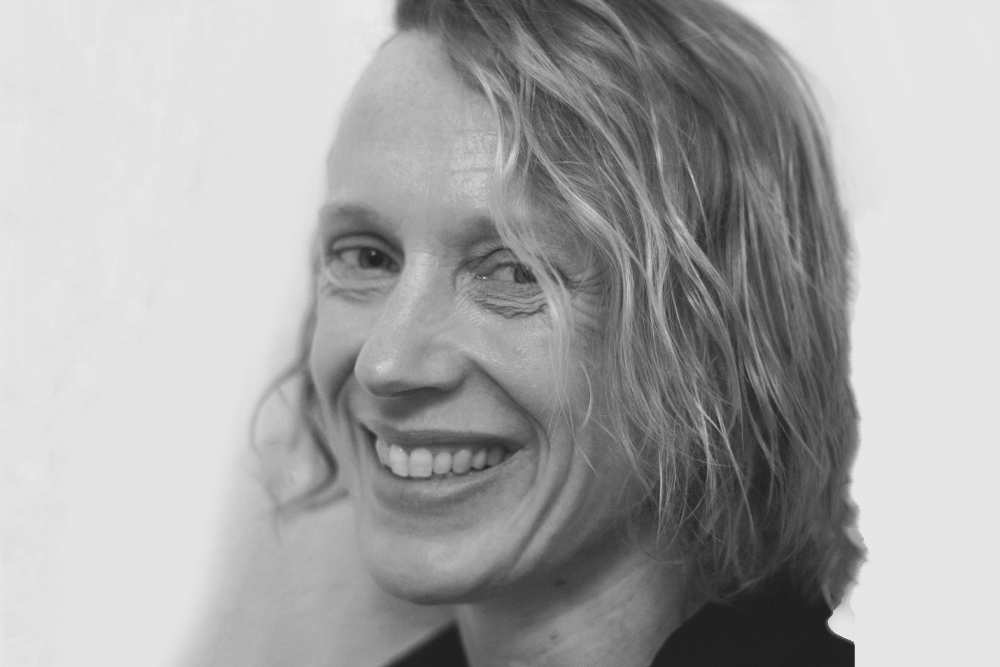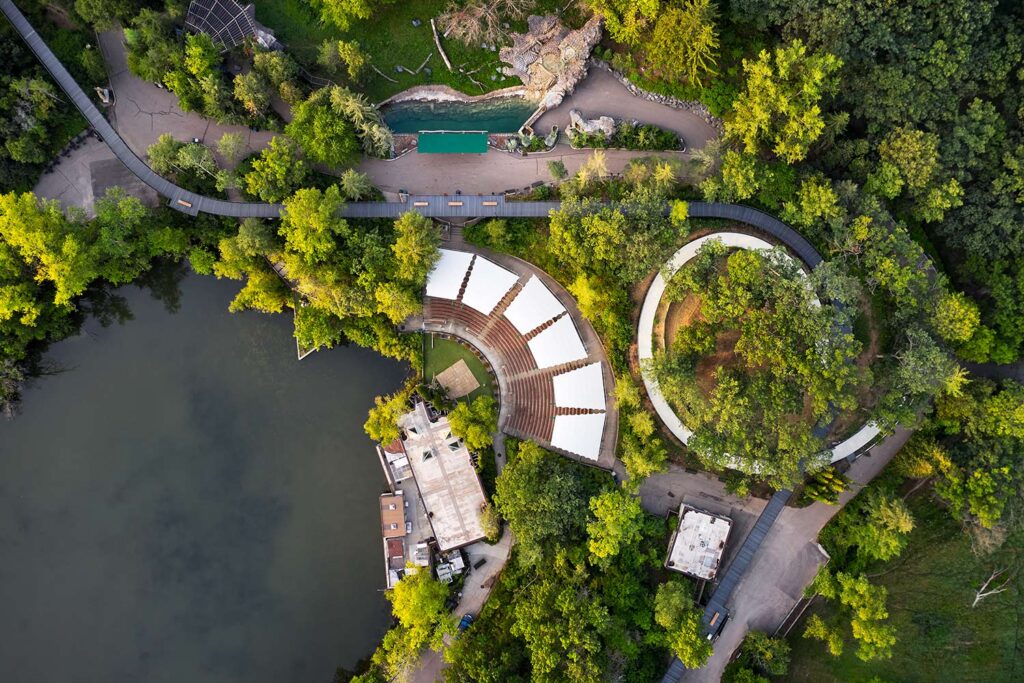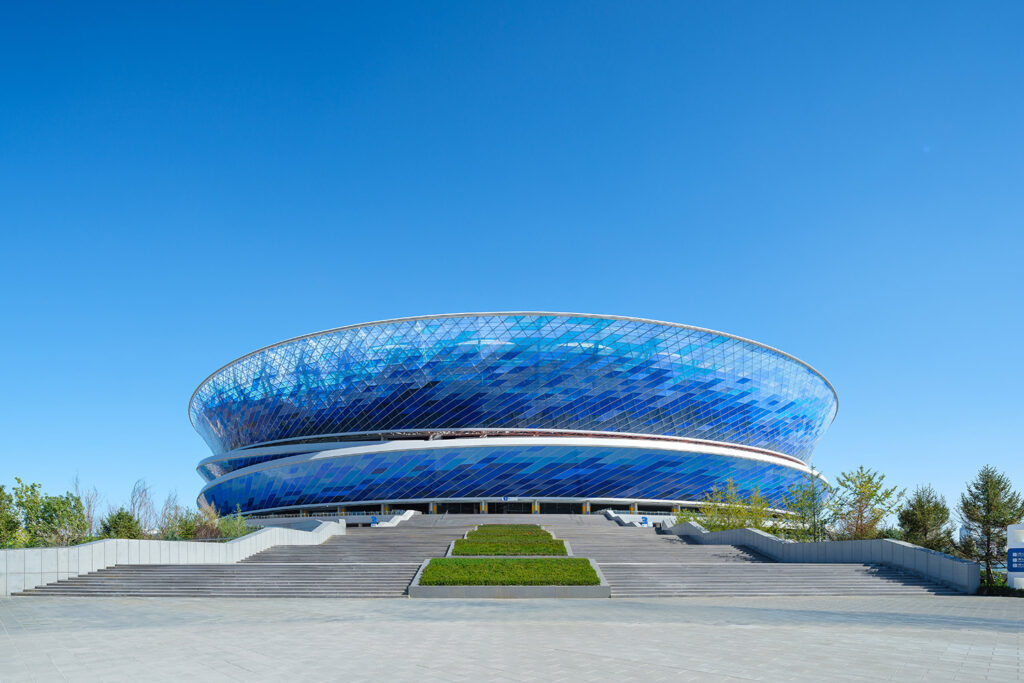Good vibrations
Ground-breaking test facilities enable people to experience the vibration conditions created by structural engineering and building design changes across a wide range of buildings in a controlled environment

A joint venture between the universities of Exeter, Bath and Leicester received £4.8 million of funding from EPSRC to develop facilities for multidisciplinary research into human factors engineering. The two facilities, based at the universities of Exeter and Bath, offer vertical and lateral simulations respectively. The lateral vibration facility allows users to experience the impact of factors such as sway on the design of tall buildings, while the vertical vibration facility helps clients such as commercial and leisure developers experience the impact of design decisions on users of buildings such as offices and sports terraces.
Vibration serviceability is also being applied to many other areas of design, as it is effective in discovering and preventing expensive mistakes, while allowing engineers and designers to push the boundaries of tolerances to deliver better and more efficient solutions.

As an industrial collaborator, Buro Happold has been instrumental in guiding the project’s real world applications. Gillian Browning, a structural engineer with expertise in how humans experience vibrations in the built environment, provided support on the project and attended the launch event.
Commenting on the official opening of the new VSimulator facilities, Gillian says: “As a structural engineer it is important that my clients understand vibrations. For years, engineers have been designing buildings based on strength alone, but now, due to the economic and environmental pressures on developers, we are devising increasingly slender constructions that are more greatly impacted by vibrations. It is important to help clients understand that.”
“The new facility really brings the numbers to life for clients and collaborators. Where previously we would provide a set of calculations to deliver optimal results, clients can now experience the value that additional spend on more bespoke solutions provides, as well as how a building is likely to behave before the foundations are even laid.”
“It is also a fantastic tool for helping move forward guidance for dynamic design, due to its ability to test forces, trial different options and get human reactions to the design. We can work with clients to create far more detailed briefs for their buildings that we know they will be happy with.” Gillian Browning, associate structural engineer, Buro Happold.

The University of Bath VSimulators platform launches today (9th October 2019), while the University of Exeter VSimulators facility will be open in early 2020. More information about VSimulators can be found at: https://vsimulators.co.uk.
Key facts (VSimulators at University of Bath):
3m x 4m self contained test chamber for up to four occupants with precise environmental control including:
- Air temperature range: 10-40 degrees centigrade
- Humidity range: 20% – 80%
- Colour temperature range: 2000 to 6500K
- Lighting illuminance: 50-2000 Lux
- Radiant temperature: 5 – 40 degrees centigrade
- Input of simulated sound: 0 – 100 LpdB
A custom designed hydraulically powered motion platform, with freedom of movement in three directions with acceleration range of 0.01Hz – 6HZ+, and amplitudes of up to +/- 400mm
Projected 3D and 2D virtual reality, adjusted to the visual and audio sensory output according to the time of day and building height
Motion tracking and physiological recording of occupants
Key facts (VSimulators at University of Exeter):
- 1 tonne 4m x 4m 6 degrees of freedom motion platform, within an 8m x 8m room, using a bespoke designed Octocrank system
- Acceleration range: 0.5Hz-35Hz+
- Fully instrumented floor for data capture
- Motion body capture and camera array
- Virtual reality for nine occupants simultaneously and linked to the motion platform







